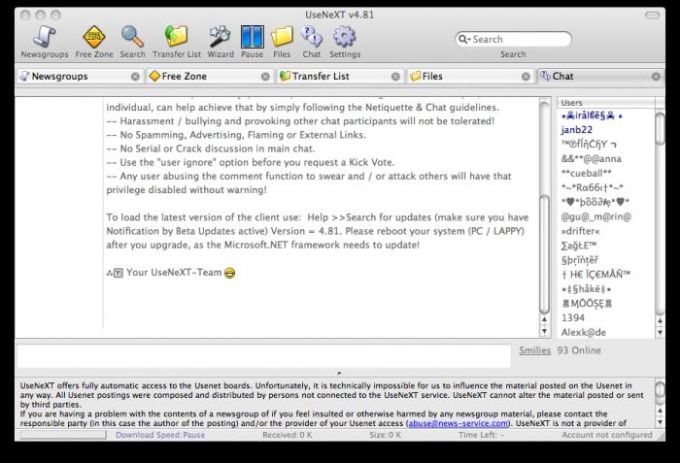

Check your router’s ethernet cable to see if it’s connected.Disconnect and reconnect to your Wi-Fi network.Alternatively, restart it, or try using a different DNS server (like Google Public DNS). If that’s the case, try turning off your router for 30 seconds, and turning it back on again. If you can’t connect to it, there’s an issue with your Internet connection – and that will obviously affect your ability to use a VPN. The simplest way to check if this is a problem is to just access a random web page on your browser. Seems redundant, we know, but there’s always a chance that you might not have Internet access when trying to connect to a VPN server. Check whether your internet connection is alright. Before getting annoyed or disappointed by your service provider, try this: 1. Your VPN could have connectivity issues for many reasons.
#Newshosting vpn not working on mac how to
How to Fix “VPN Server didn’t respond” Error on Mac Unless all of the devices trying to connect are yours, there’s not much to be done. A few older networks only allow one IPSec VPN connection to be active at a time.There’s no good test for this except that there’s no other explanation.


What Causes “VPN Server didn’t respond” Error on Mac About Outbyte, uninstall instructions, EULA, Privacy Policy. After the above configuration, the SmartVPN on iOS13 can connect successfully.Special offer.Go to System Maintenance > Access Control > Access Control and select the local certificate created for Server Certificate, then click Apply to save.It should be the IP address or domain name which VPN clients use for their Server settings.c.Fill out all the information d.Select "Enable" for Self Signe.Enter CA Key Passphrase to match the CA Key Passphrase of Root CAf.Click Apply to finish Go to Certificate Management > Local Certificate, then click generatea.Select ID Type as either Domain Name or IP address, depends on which one will the VPN client used for connecting to the server.b.Type ID Value as the domain name or IP address of the router.Navigate to Certificate Management > Trusted CA, click Build Root CA, fill out all of the information, select Key Size as 2048 and apply the settings.Because when authenticating the server's identity, the client will check if the current time and date are within the server certificate’s validity period. Navigate to System Maintenance > Time and Date to make sure the router's time settings are correct, and it's better to match the client's time zone.Please follow these steps to regenerate self-signed certificate For a better security level, we recommend applying for a DrayDDNS domain and sign it with Let's Encrypt or import a local CA signed by a Certification Authority.Īfter that, selecting the CA on SSL VPN > General Setup.įor more configuration information, please refer to this article, Use Let's Encrypt Certificate for your DDNS Domain To meet the new security policy of Apple, we have two solutions:ġ.


 0 kommentar(er)
0 kommentar(er)
